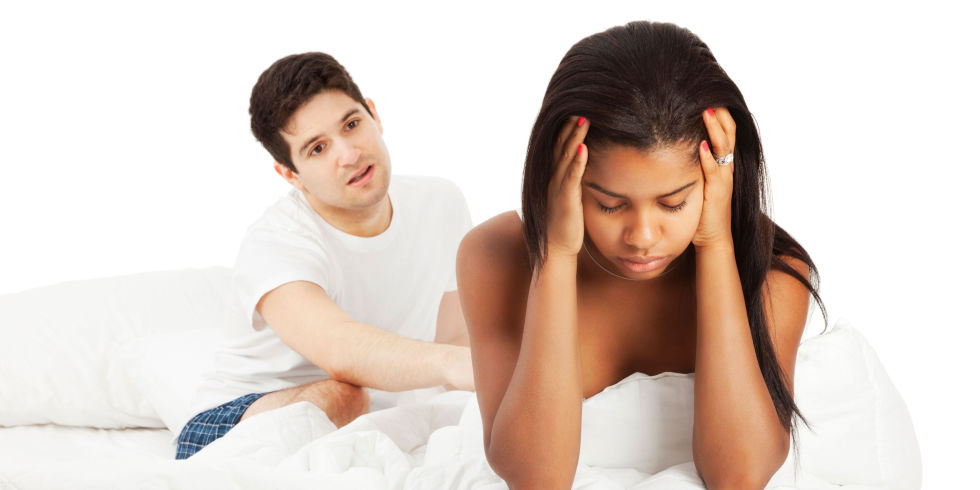How to Keep Seasonal Affective Disorder From Harming Your Relationship
In the depths of winter, with daylight slipping away before evening and temperatures barely hitting the freezing mark, many couples face a different kind of seasonal change: seasonal affective disorder. The psychological condition known as SAD is characterized as a major depression that arrives in the fall or winter and lifts in the spring or summer.
Roughly 6% of Americans suffer from SAD in its most severe form, and another 14% struggle with the lesser but still significant “winter blues.” People with SAD struggle with symptoms that can mimic those of clinical depression: They have a hard time waking up in the morning, their energy level drops, they find it tough to concentrate, they eat more, and they withdraw from family and friends, becoming more inclined to hibernate.
These changes can be extremely stressful for a person experiencing them, of course—but also for his or her partner. No wonder SAD can take a major toll on relationships, says Norman Rosenthal, MD, a clinical professor of psychiatry at Georgetown Medical School who first identified and named the disorder in 1984. We asked Rosenthal and other experts for advice on how to navigate SAD as a couple, so your relationship emerges strong—and sunny—come spring.
Don't brush off early symptoms
RELATED: Surprising Causes of Winter Depression
Sometimes the partner of someone with SAD will spot early symptoms before their significant other even notices them. That can be incredibly helpful, because the sooner you start treating SAD, the easier it is to keep it from spiraling out of control, says Kelly Rohan, PhD, director of clinical training in the department of psychological science at the University of Vermont.
“It’s not like one day the person wakes up and they have a full-blown episode of SAD," Rohan tells Health. If you can recognize it early, or even anticipate the symptoms and have a plan in place, prevention is much easier than treatment.” Besides changes in focus, eating habits, and sleep patterns, look out for agitation, unexplained physical aches and pains, and a preoccupation with negative thoughts or self-doubts. If you detect any of these signs, tell your partner you're concerned.
The same techniques that have been proven to treat SAD can be used preventatively, Rohan says. The most effective are bright light therapy (you can find a large selection of light boxes online), cognitive behavior therapy, antidepressants, and good self-care.
Show compassion
When someone is struggling with SAD, there’s a good chance they'll bail on social plans, take longer than usual to get things done at home or at work, and spend most of their free time curled up under a blanket mindlessly watching TV. But it’s important to remember that what might seem like a lack of interest or initiative—or just plain laziness—is actually a mental 